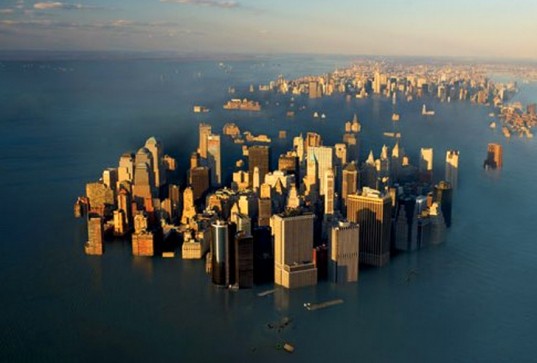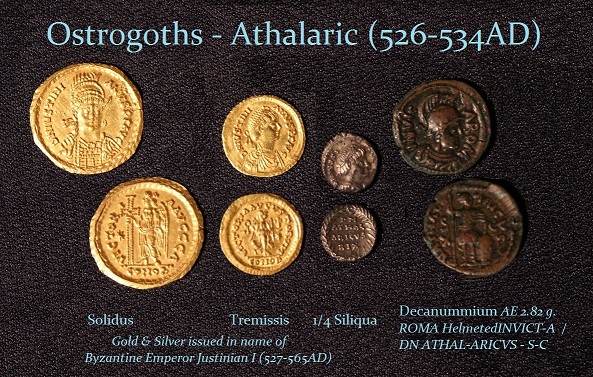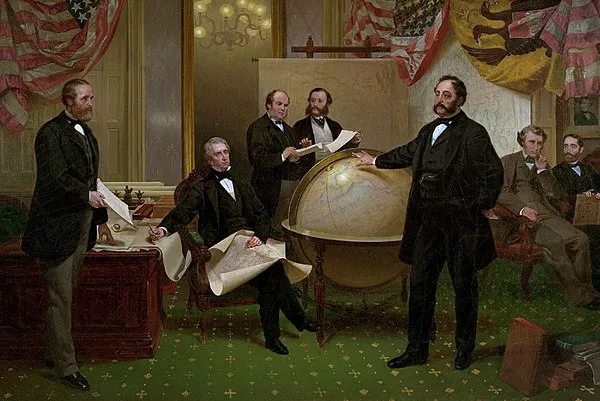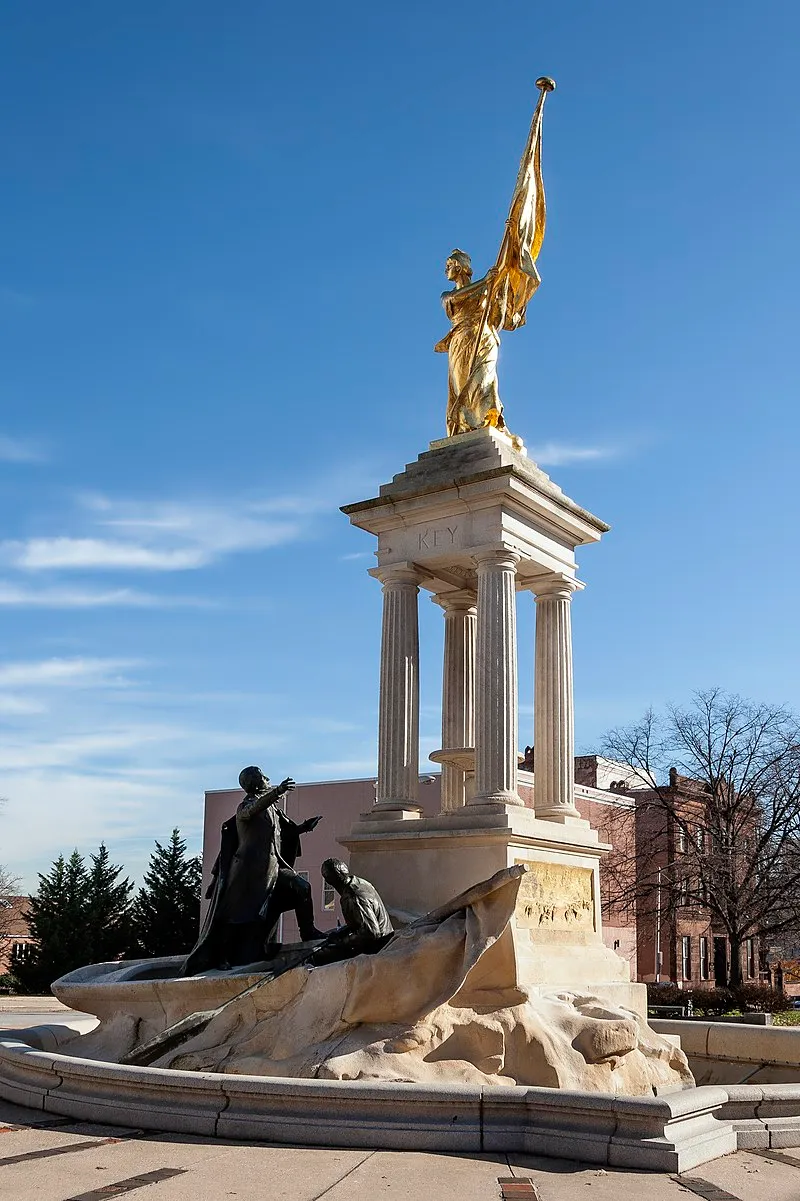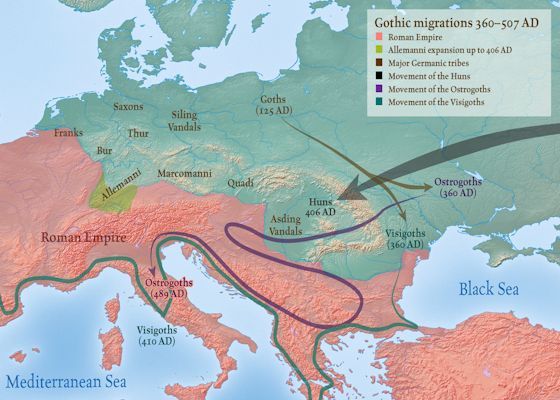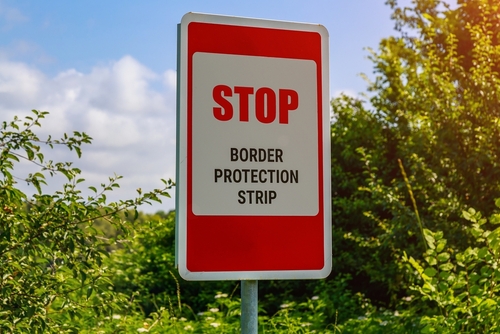QUESTION: Mr. Armstrong; I have read your thesis on global warming and that this is only part of a natural cycle. I admit that you have persuaded me whereas the claims are false especially that New York City should have been under water by now according Al Gore. You mentioned that there was global warming which enabled the Vikings to reach America because the ice melted. My question is rather blunt. If we are headed now into a global cooling period, what is the historical evidence that society also declines?
Thank you in advance
PD
ANSWER: I have reported that the peat fires in Borneo and Sumatra have exceeded all the emissions from the entire U.S. economy. This whole movement is to raise taxes based on the bogus theory of global warming. We are not powerful enough to alter the course of cyclical movement of the planet. Bouts of global cooling (ice ages) as well as warming periods predate the combustion engine and mankind. It is rather questionable analysis to claim we have altered the climate. We are capable of polluting things, true. But altering the climate is something beyond our power.
Volcanoes are a major issue in climate change. Yes, studies reveal that the Hawaiian Kilauea volcano eruption discharged between 8,000 and 30,000 metric tonnes of CO2 into the atmosphere each day, which has been going on for more than 20 years. However, gas studies worldwide by volcanologists have calculated that global volcanic CO2 production on land and under the sea release a total of 200 million tonnes of CO2 annually, but this is really in the absence of any real catastrophic eruptions. Volcanoes emit sulfur dioxide (SO2). When Mount St. Helens erupted on May 18, 1980, it produced 1.5 million metric tons of sulfur dioxide on that one day, and about 2 million metric tons for the entire event, which is far more than automobiles.
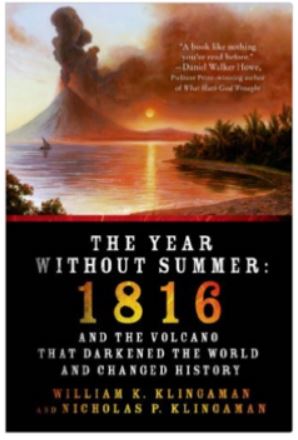 Moreover, volcanic production of CO2 is not really the issue in climate change. Instead of global warming from CO2, the plume of ash in the sky actually blocks the sun and reverses the climate from warm to cold like sitting under an umbrella at the beach. I have discussed Mount Tambora, which erupted in 1815 and threw into the air so much ash that it snowed during the summer of 1816 in New York City. It became known as 18-hundred-and-froze-to-death. I have shown the correlation of that eruption to wheat prices.
Moreover, volcanic production of CO2 is not really the issue in climate change. Instead of global warming from CO2, the plume of ash in the sky actually blocks the sun and reverses the climate from warm to cold like sitting under an umbrella at the beach. I have discussed Mount Tambora, which erupted in 1815 and threw into the air so much ash that it snowed during the summer of 1816 in New York City. It became known as 18-hundred-and-froze-to-death. I have shown the correlation of that eruption to wheat prices.

Maunder Minimum that sent the Earth into a cold period 300 years ago from the perspective of the cyclical energy output from the Sun. I have also gone into the evolution of science, which has been set in motion by the very discovery of a frozen woolly rhinoceros that altered science in many fields. I have explained how the temperature at the time of the American Revolution was at its lowest point in the cycle.

All of that said, the ice core samples have revealed that there were two major volcanic eruptions in 536 and 540 AD that sent Europe into an ice age and wiped out the Roman civilization. Flavius Odoacer (433–493) was a soldier who in 476 became the first king of Italy (476–493) after deposing Romulus Augustus, the last official Roman emperor in the West.
Odoacer was overthrown by Theodoric the Great (454-526), the Ostrogoth. Odoacer was followed by Athalaric (526-534) and a few others, then finally Baduila (541-552). So while Rome officially ends in the West with Romulus Augustus in 476 AD, the Ostrogoths fade out after 552 due to the climate changes. In the East, the change in climate appears to be linked to the Plague of Justinian (541–542), which was a pandemic that afflicted the Eastern Roman (Byzantine) Empire, especially its capital Constantinople, the Sassanid Empire, and port cities around the entire Mediterranean Sea. I have written about the political turmoil there in Byzantium, which preceded the plague during the Nika Revolt of 532 AD. I have also written about how empires die. It does seem that civil unrest rises when temperatures decline, which also increases the risk of revolution.
When Thera erupted around 1645-1650 BC, it created a climate change and marked the end of the Minoan civilization. They were conquered by the Mycenae who also captured Troy. As the weather turned cold, Greece went into a Dark Age. The Greeks migrated and other places called them the “sea people” since they did not know where they came from as they invaded Northern Africa. Homer wrote about the period before the Dark Age, known as the Heroic Period. Scholars thought this was fiction about Troy and Mycenae until Heinrich Schliemann (1822–1890) set out and discovered what Homer wrote about was history.
The historical evidence is rather extensive. It does appear that as we enter into a global cooling period, governments will fall, disease will increase, and the risk of Western Civilization declining sharply becomes historically possible.

